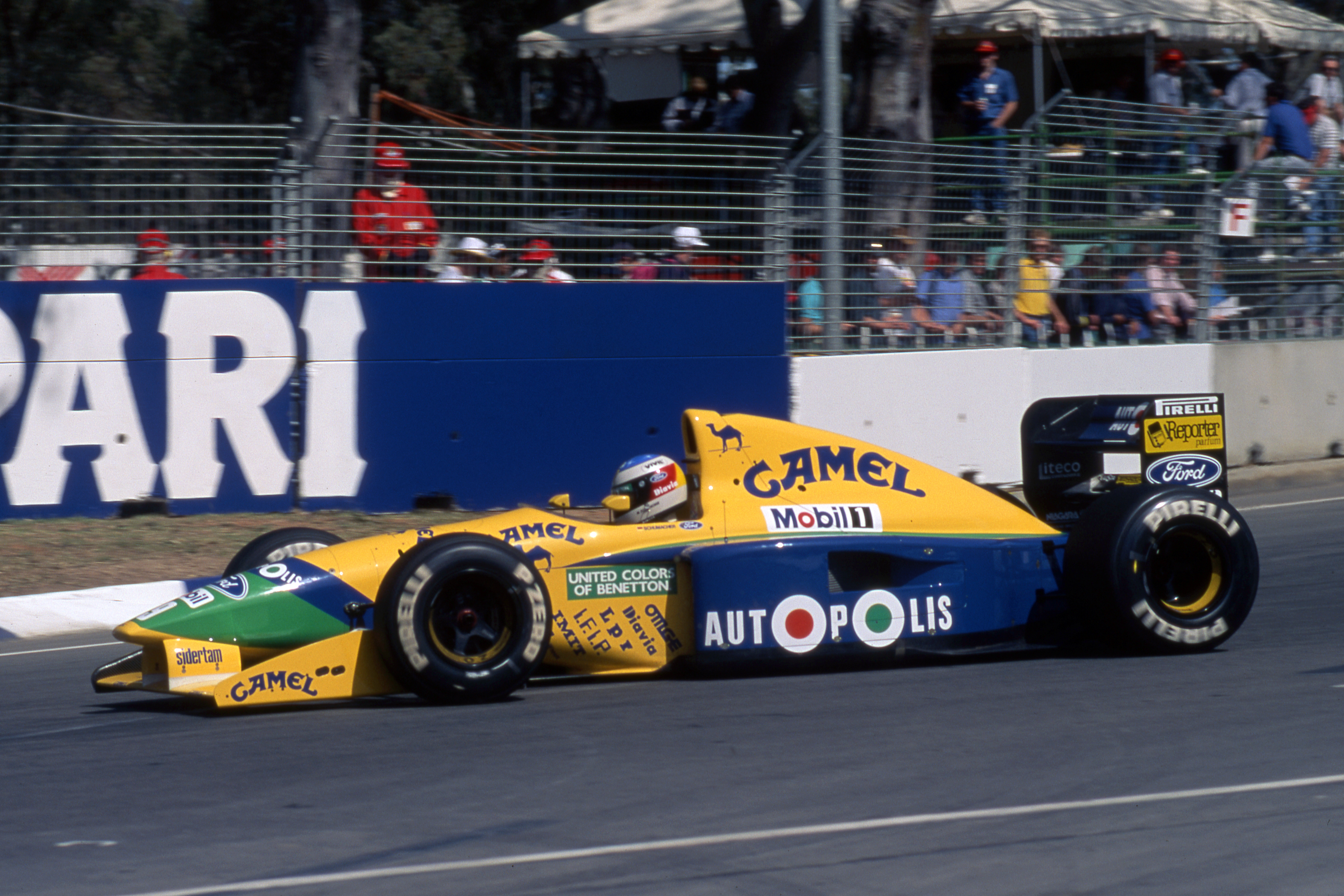Up Next

Alpine’s shock Formula 1 victory in the Hungarian Grand Prix was touted as a first, which it was for the brand.
But that superficial fact shrouds the real story, which is that a team that is now unique in F1 in having won under four different names has re-emerged as a winning force – even if it was through extraordinary circumstances rather than performance.
What is called Alpine today after being rebranded to take the name of Groupe Renault’s sports brand, is the same team that started out as Toleman in F1 in 1981.

It subsequently competed as Benetton, Renault (in two separate stints) and Lotus and has now racked up 50 grand prix victories.
That’s the seventh-highest tally in F1 history, a mark of greatness as a team that is too often ignored because of its chameleonic identity.
That success, which has also yielded four drivers’ championships and three constructors’ crowns, makes it one of the great teams of grand prix racing.
Yet people rarely mention that thanks to the constantly shifting sands on which its built and tendency to bounce up and down the grid over the years.
The only other team that has come close to winning in four different forms is Mercedes, which has also triumphed in F1 as BAR and Brawn.
You could argue it also has a claim to the Tyrrell history given it still has the same registered company number, but after British American Tobacco bought it in 1997, the team it created using that place on the grid for 1999 was to all intents and purposes a clean break with very limited carryover. F1 team identities are a messy business, but that discontinuity means it is illogical to consider Tyrrell and Mercedes the same team.
But what is often referred to as ‘Team Enstone’, in reference to where it has been based since moving there after spending a decade at Witney, does have that continuity.

You can draw a straight line from its disastrous first season as Toleman in 1981, when Derek Warwick and Brian Henton qualified just once each, through its crowns as Benetton with Michael Schumacher, to Fernando Alonso’s titles in 2005/6, the revival as Lotus with Kimi Raikkonen through to this latest success.
Of all F1’s most successful teams – and only Ferrari, McLaren, Team Lotus, Williams, Mercedes and Red Bull can eclipse those numbers – Enstone is unique given its unusually unstable history during which it has risen and fallen as a winning force on multiple occasions.
Just consider what this team has been through since the glory years with Alonso first time round. The ignominy of the 2008 Singapore Grand Prix crash scandal being exposed the following year might have killed off the team given Renault wanted out, only for it to be saved by Genii Capital buying the team ahead of the 2010 season.
While you might argue that, institutionally, a team guilty of such an egregious act might deserve to fail, it’s important to remember that a team is a group of hundreds of people and that particular conspiracy was nothing to do with the vast majority of them.
This is also the same team that went through the difficult times before Renault reacquired it, with pay often late and once again legitimate questions about its future.

While there has been plenty of staff turnover and many new recruits, there are still those who lived through those days, which will have made the Hungary victory, eight-and-a-half years after Raikkonen took Enstone’s 59th victory in Australia, doubly sweet.
Team Enstone’s permanence in F1 over the past four decades is remarkable given how transient its periods of success have been. One of Schumacher’s motivations for leaving Benetton at the end of 1995 to join Ferrari, despite the fact that he could well have gone on to win the ’96 and ’97 titles in cars that his successors struggled to get the most out of, was that he realised it was something of a yo-yo team.
The fact is, Enstone has never been a team with the biggest budget in F1 – even at the times when it was winning titles. That has played a part in it never firmly establishing itself as a powerhouse. Yet still, even against the odds, it keeps finding ways to bounce back.
It would be premature to declare Esteban Ocon’s victory to herald Team Enstone’s re-emergence as a frontrunning force, because it will be the success of the 2022 car that dictates that. One lucky win means nothing in the grand scheme of things, even if it will be a boost for a team that has lost ground recently in the battle to be at the front of F1’s midfield.
But it’s another compelling chapter in the story of one of F1’s most remarkable and unpredictable teams.




